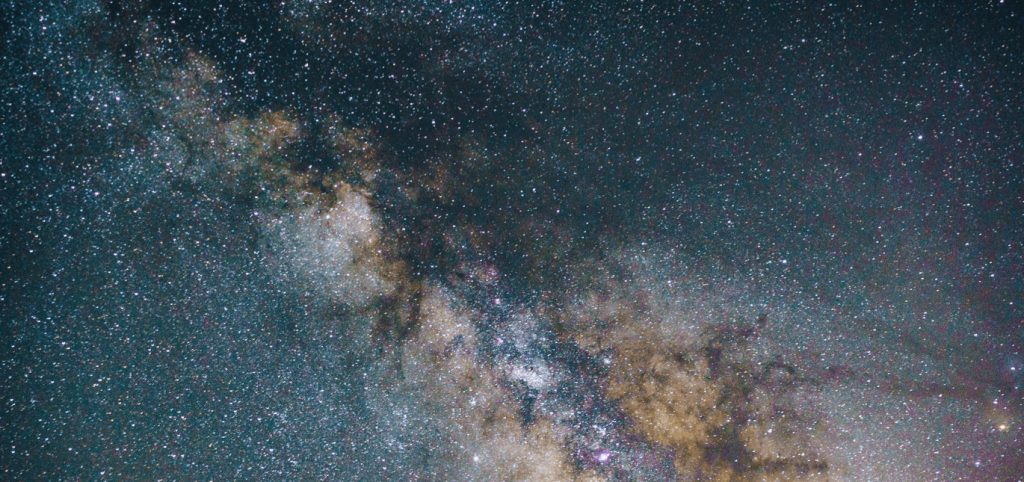

ExoMars mission is using Nawatt’s improved sweep generator on the Mars rover in 2020.
The radar on the Euro-Russian Mars mission will be deployed on the rover to analyze the underground layers seeking life evidence and examining possible methane sources that could lead humanity to one of the greatest discoveries of our age, namely finding the source of this scarce gas which aims to determine if the Red Planet could ever have supported microbial life.
The required frequency bandwidth is around 2.5 GHz starting at 500MHz up to 3 GHz. The radar will allow the rover to scan the subsurface using sweep pulses and to send high resolution data back to earth, so scientists can build 3D images down to a depth of 3 meters. The sweep pulses will also help determine optimal drilling sites and to investigate subsurface water-ice and brine.
Digital sweep (or chirp) signal generators are tricky to build without high spurious effects in the upper part of the band. While the Pedersen implementation provides a digitally controlled phase signal, it suffers from severe spurious harmonic distortion. Many techniques were proposed to lower the distortion effects, but all resulted in hardware complexity and increase in cost.
Nawatt collaborated with the Center for Sensor Systems (ZESS) at the University of Siegen to implement a cost-effective solution that meets the ESA’s accuracy and quality figures.
The suggested method utilizes lookup table (LUT) compression techniques in a Pedersen generator to improve high spurious-free dynamic range (SFDR) while keeping memory size lower than all previous methods. The digitally generated sinusoidal waves are based on a piecewise polynomial approximation that is substituted in real-time. The LUT compression is achieved by using high orders of interpolation which also allowed the generator to exceed spectral purity of all previous techniques with minimal hardware overhead.
The hardware implementation achieved extremely high levels of SFDR reaching 97.5 dBc while reducing the total memory size and hardware complexity.
The Center for Sensor Systems (ZESS) is a central scientific and interdisciplinary research institution of the University of Siegen. Scientists from the engineering and natural sciences work together under one roof. By networking methods knowledge, simulation, software technologies, electronics and mechanics or the corresponding micro-techniques, ZESS forms an interdisciplinary team to take account of the complexity of today’s development processes. For more information, please visit uni-siegen.de/zess.